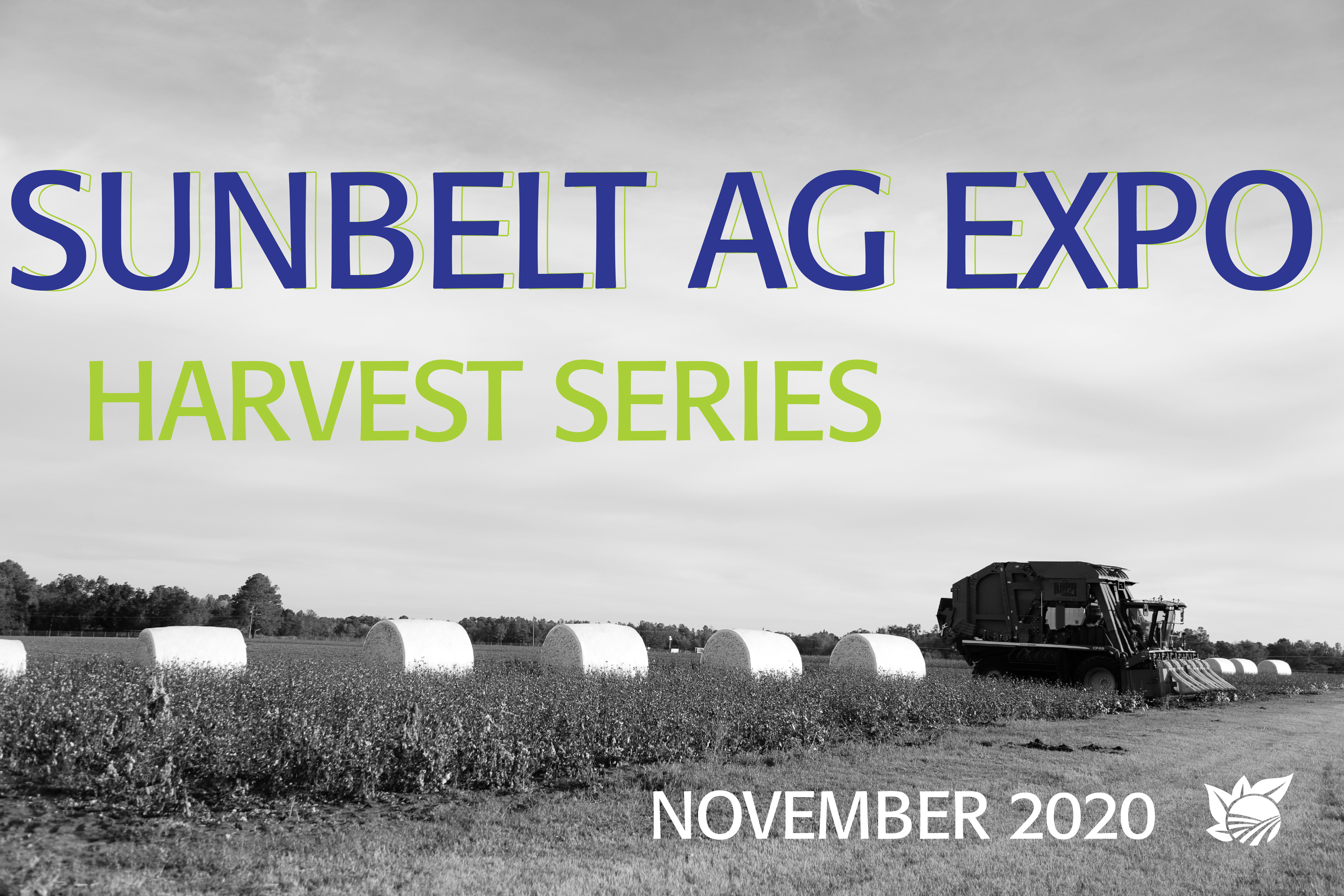 We are all familiar with Girl Scout cookies, but did you know that around 230,000 pounds of peanut butter per week is used for baking Girl Scout’s Tagalongs and Do-si-dos?
We are all familiar with Girl Scout cookies, but did you know that around 230,000 pounds of peanut butter per week is used for baking Girl Scout’s Tagalongs and Do-si-dos?
Peanuts are only grown in 13 states, which are in the southern region of the United States. Six of these states grow nearly all of the United States peanut crop. Those states include Georgia, Alabama, Florida, Texas, North Carolina, and South Carolina.
Unlike pecans or walnuts peanuts actually grow underground. The flowering plant is what you see when passing by the plant, but the peanut pod is just below the soil. In addition, a peanut is classified as a legume not a nut.
Furthermore, farmers are quick to grow peanuts because they require less water and fertilizer than most crops and are considered a “zero waste” plant. This means the farmer can use every part of the plant, and from picking the peanuts off the vine to bailing the dried stems for peanut hay. This crop also adds nitrogen back into the soil. All of these factors make peanuts a sustainable crop. Peanut farmers are also trailblazers for innovation and efficiency in the farming community.
In the southeastern region, these tasty legumes reach their harvest time around September or October. When it comes harvest time, peanuts have a two-step harvesting process. First, the plant is carefully dug up by a machine called a digger. The digger flips the peanuts upside down and places them back in their row. They are left for a few days to dry out before picking the crop. The next step is for the peanut to be separated from the plant. This process is usually performed with a machine called a picker or shaker, and you “pick” the peanuts from the vines.
While they are small, peanuts are might when it comes to the sustainability of the land, economic impact, and nutrition. So, the next time you are at your local grocery store, think about picking up these salty legumes to help support the peanut industry.
